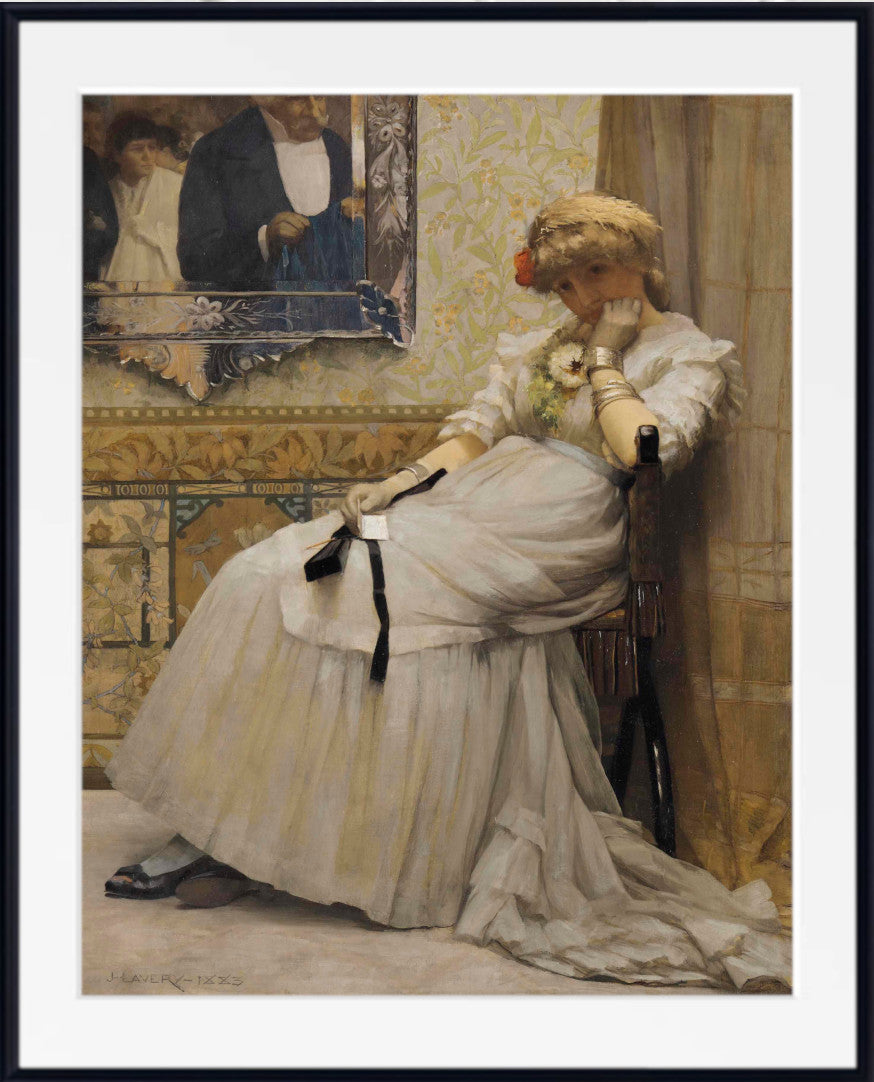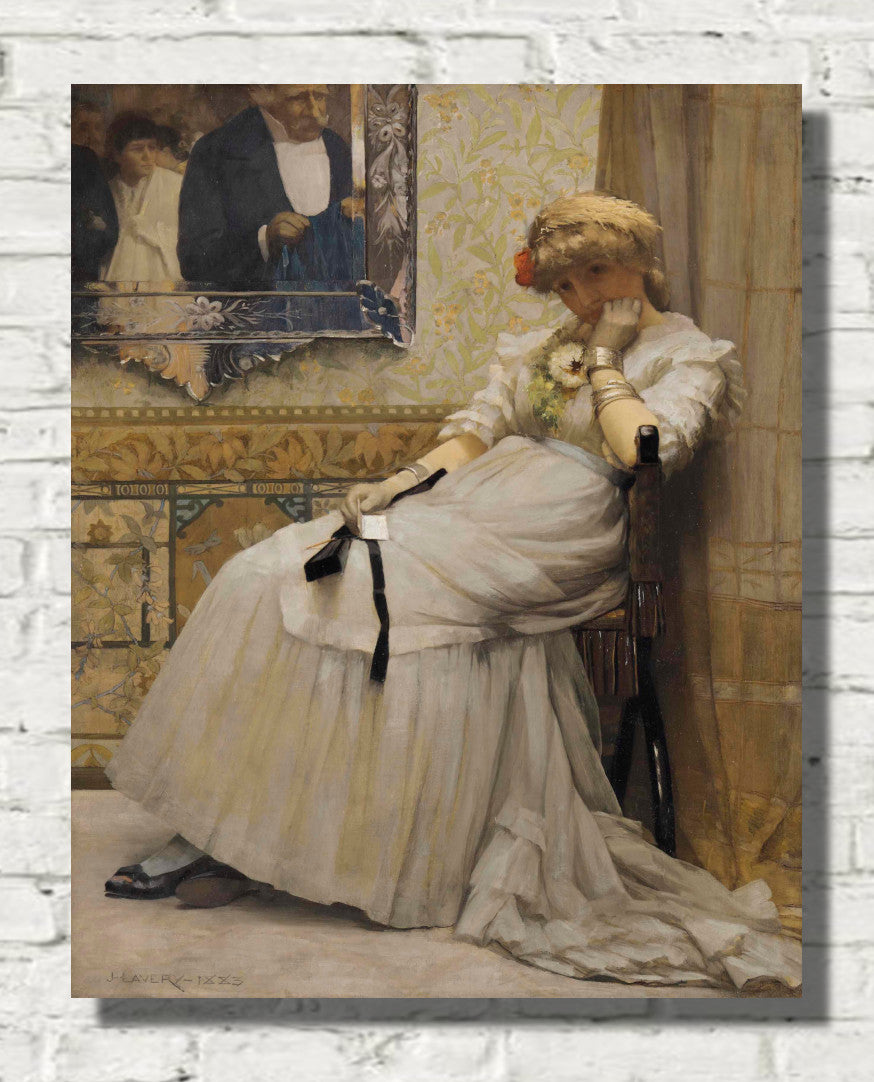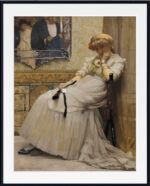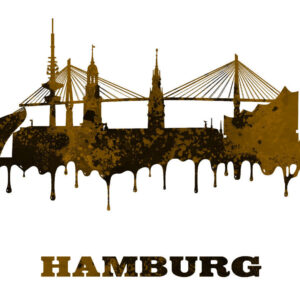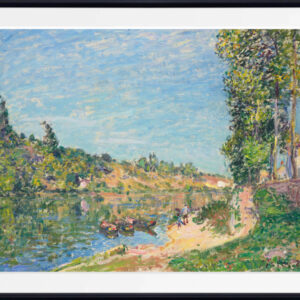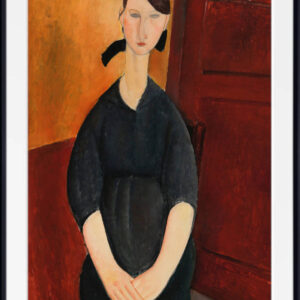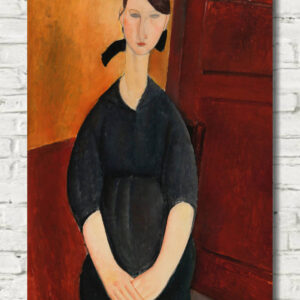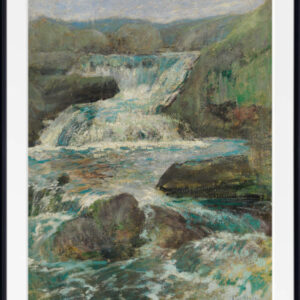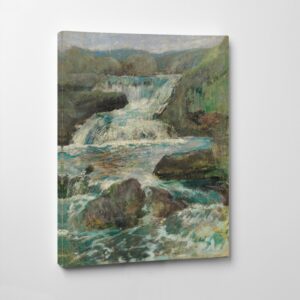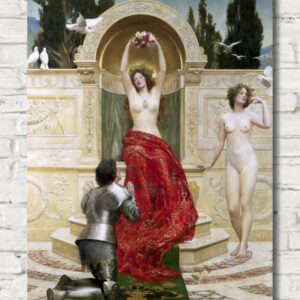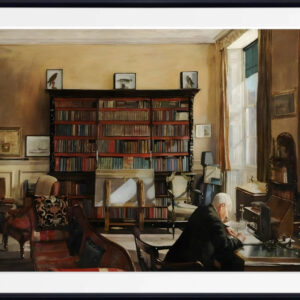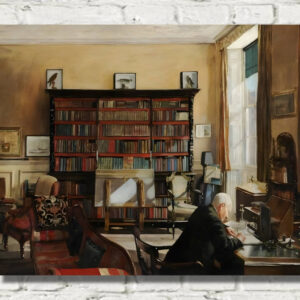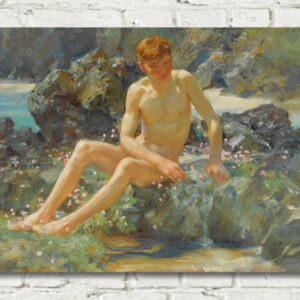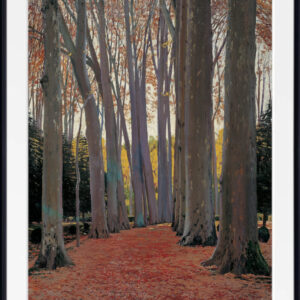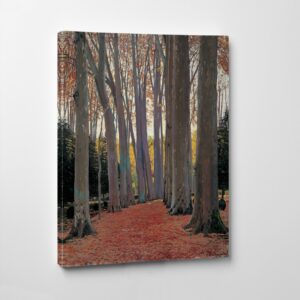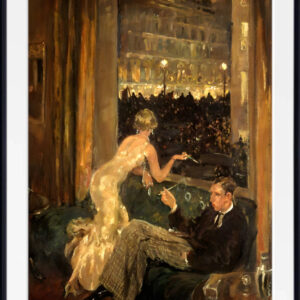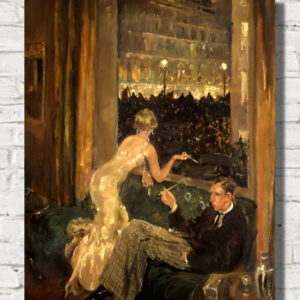After the Dance, John Lavery
In the early years of his career, John Lavery’s artistic journey underwent a profound metamorphosis during his residency in France, a pivotal period spanning from November 1881 to November 1884. Accompanied by fellow artists Alexander Roche, Alfred East, and William Kennedy, Lavery arrived in Paris with visions of sentimental Regency scenes and charming heroines dominating his artistic imagination.
During this transformative period, Lavery found himself influenced by progressive painting and literary subjects, leading him to discard the commercially successful romances that had initially defined his work. An early canvas, “Heart for a Rose (A Conquest)” (1882), displayed floral symbolism, a nod to conservative collectors, and marked his initial reluctance to abandon the familiar themes that had garnered recognition for London-Scots painters like John Pettie and William Quiller Orchardson.
Despite financial pressures and tales of him ‘faking’ backgrounds for atelier sketches, Lavery’s artistic evolution was evident in his most ambitious work to date, “After the Dance.” Commenced during his time at the Atelier Julian, the painting represented a departure not only in subject matter but also in technique and style. Influenced by the prevailing Naturalism movement led by Jules Bastien-Lepage, Lavery’s approach became more significant, his canvases larger, and his handling more sophisticated.
One transformative experience for Lavery was his encounter with Edouard Manet’s masterpiece, “Un bar aux Folies Bergère” (1882), during the Salon of 1882. The direct gaze of the subject in the painting left a lasting impression on Lavery, challenging him to move beyond explicit symbolism and engage the viewer in a direct exchange. While Paris was the epicenter of artistic progression, Lavery recognized that his market remained in Glasgow, prompting him to challenge conservative collectors in the west of Scotland.
In “After the Dance,” Lavery explores a contemporary scene, portraying a forlorn young woman against a backdrop of Morris-inspired decor. The inclusion of a mirror, reflecting a scene reminiscent of Gervex’s “Retour du Bal,” adds depth to the narrative. Lavery’s unique approach, echoing Whistler’s formal simplicity, sets this painting apart in his oeuvre, showcasing his capacity to see beyond surface glamour and connect with the underlying complexities of human experience.
As Lavery navigated the artistic landscape of Paris, he emerged not as a theorist but as a painter with a keen ability to unveil the nuanced layers beneath the glittering surface, akin to the artistic ethos of his contemporary, Edouard Manet.
All prints are made using archival art stocks and UV pigment inks to give up to 200 years life. Prints are sold unframed and unmounted.

